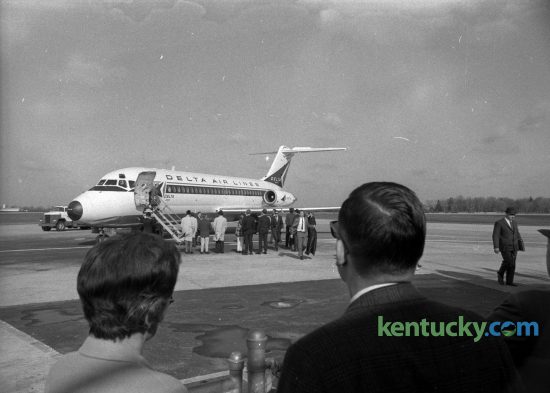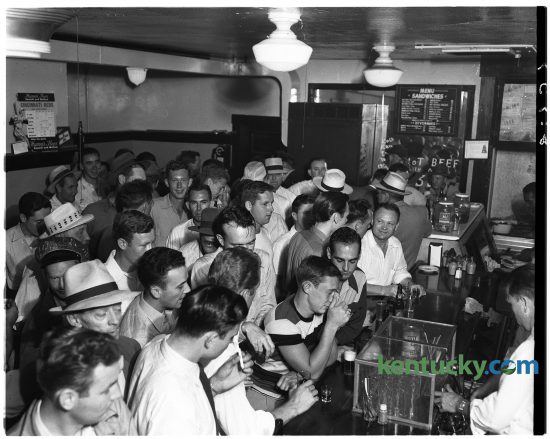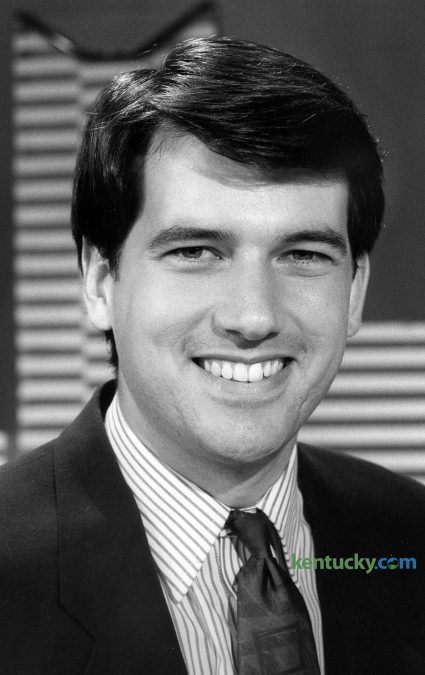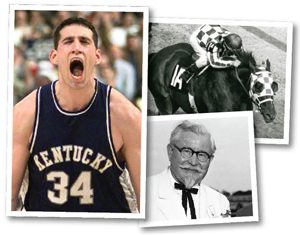October 16, 2025
First jet flight out of Lexington, 1968
University of Kentucky’s Administration Building fire, 2001
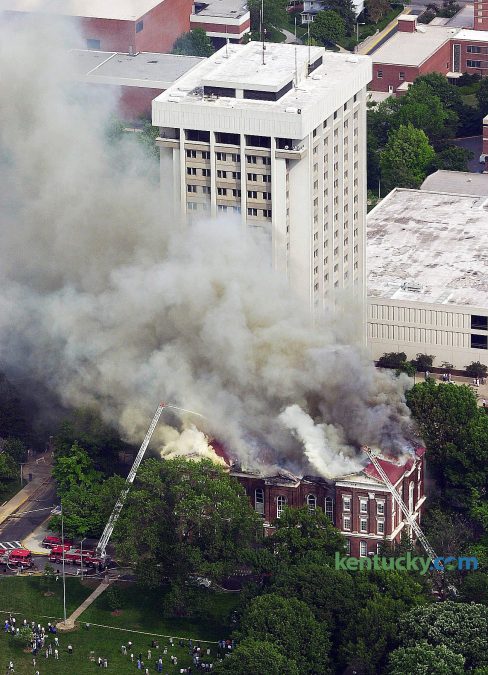
The University of Kentucky’s oldest building, the Administration Building, as it was previously called, was severely damaged by fire on May 15, 2001. Now called the Main Building, it caught fire from a construction worker’s blowtorch during renovations. The roof and much of the third floor were destroyed. More than three years after it nearly burned down, UK held a ribbon-cutting ceremony to celebrate its renovation. The cost of the renovation was $17.3 million for the building that was built in the 1880s. About half of the renovation cost came from the insurance claim from the fire; the rest was raised privately. The building used to hold 30,700 square feet of offices. It now provides about 43,000 square feet, including two balconies that look out on the Patterson Office Tower. A new tower, the same height as the clock tower that burned in 1919, sits atop a spacious conference room. Photo by Charles Bertram | Staff
Miss America comes to Lexington, 1970
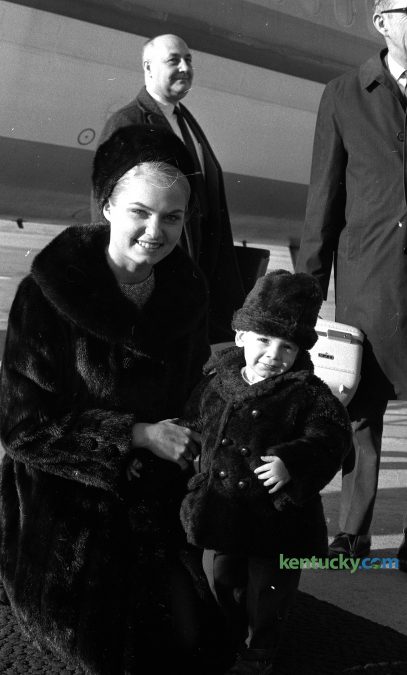
18-month-old Gregory Popan of Hazard greeted Miss America 1969, Judith Anne Ford, when she got off the plane at Blue Grass Field on Feb. 20, 1970. Popan was at the Lexington airport to greet his grandparents when he met the beauty queen. Ford was in town to be the master of ceremonies for the Miss University of Kentucky pageant. Published in the Lexington Herald and The Lexington Leader on Feb. 21, 1970.
SuperAmerica convenience store, 1987
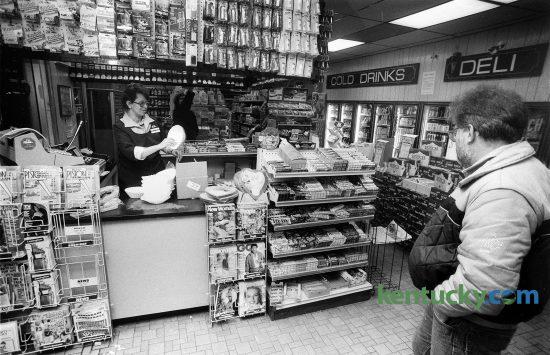
Interior view of a SuperAmerica convenience store on Winchester Road in Lexington, Feb. 10, 1987. Some of the items for sale above the counter include film and flashes for cameras. To the right is a display of candy bars that include Hersey bars, M&M’s and Snickers. On the bottom and right side of the counter are magazines including People, TV Guide and Sports Illustrated, which features Kentucky native Phil Simms on the cover after his win in Super Bowl XXI. Click on the image for a closer look. In 1997, after the merger of Marathon and Ashland Petroleum, many SuperAmerica stores across the nation were renamed Speedway. In 2011, Marathon sold its SuperAmerica stores. Today, Speedway and SuperAmerica are unrelated chains. Most of the SuperAmerica stores are in the Midwest. Photo by Steven R. Nickerson | Staff
‘Muppets’ stars visit Lexington, 1985
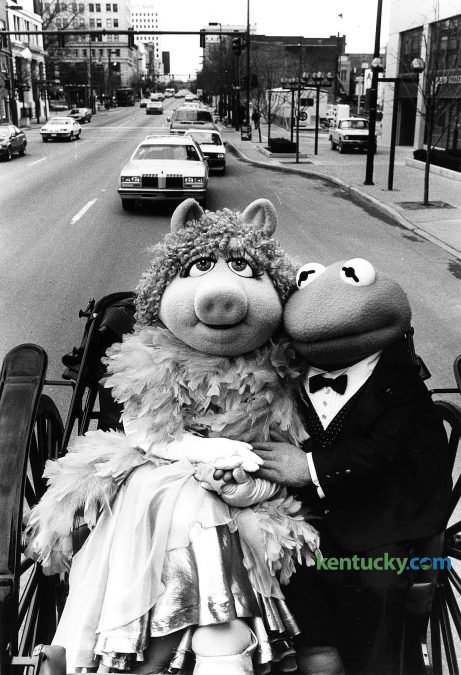
“Muppet” stars Miss Piggy and Kermit the Frog enjoyed a carriage ride down Main Street in downtown Lexington on March 14, 1985. Their ride ended at Rupp Arena, where The Muppet Show was on stage five times over three straight days. Note: In the background, above Kermit’s head, construction was just getting under way for the Lexington Financial Center, aka the “Big Blue Building.” Photo by Steven R. Nickerson | Staff
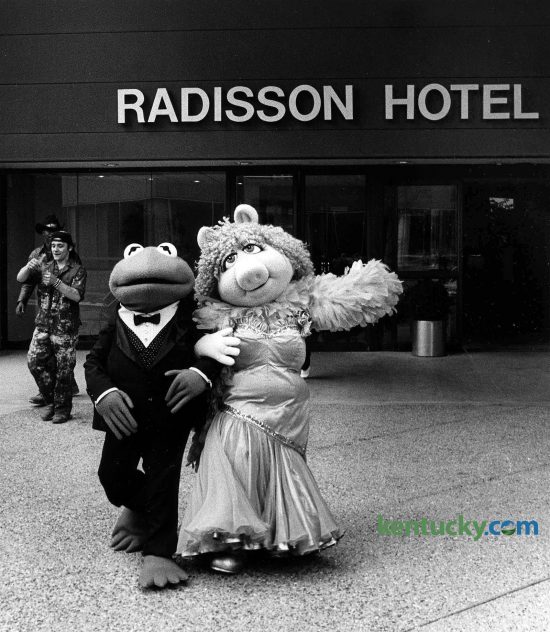
“Muppet” stars Kermit the Frog and Miss Piggy checked in to the Radisson Hotel on March 14, 1985, before they took a carriage ride through downtown Lexington. The stars arrived at the hotel in a limousine. Built by The Webb Cos. in 1982, The Radisson Plaza Hotel became a Hilton hotel in 2009. Photo by Steven R. Nickerson | Staff
Danville’s Constitution Square and Burke’s Bakery, 1985
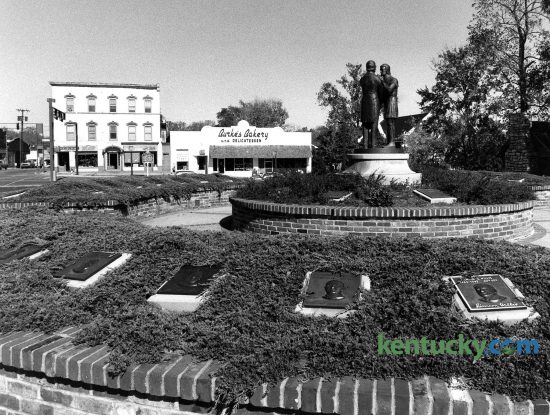
Constitution Square in downtown Danville, Oct. 25, 1985. The historic site marks the birthplace of Kentucky’s statehood. In 1790, Kentucky delegates at the site accepted Virginia’s terms for separation from the state. On June 1, 1792, Kentucky became the fifteenth state in the union. A bronze statue depicting the state seal is the centerpiece in a circle of plaques dedicated to each Kentucky governor. The state insignia depicts two friends embracing, representing the motto ”United We Stand, Divided We Fall.” In the background is Burke’s Bakery, which has served Danville for four generations. Danville residents buy Burke’s famous butter flake rolls by the dozen to put in their freezers. Another popular item made at the bakery is salt-rising bread. Burke’s also is popular for doughnuts and gingerbread men. Photo by Frank Anderson | Staff
Kentucky Kernel editor Janet Anderson, 1951
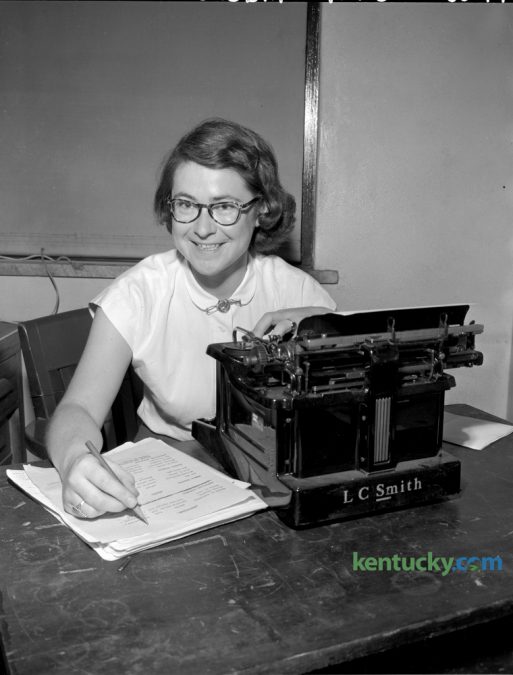
Janet Anderson, the editor of the University of Kentucky newspaper the Kernel, who was awarded a Fulbright scholarship for graduate study abroad. She would enroll for a year’s graduate work in journalism at the University of Glasgow, Scotland. Published in Lexington Herald on May 16, 1951. Herald-Leader Archive Photo
New Coke produced at Lexington plant, 1985
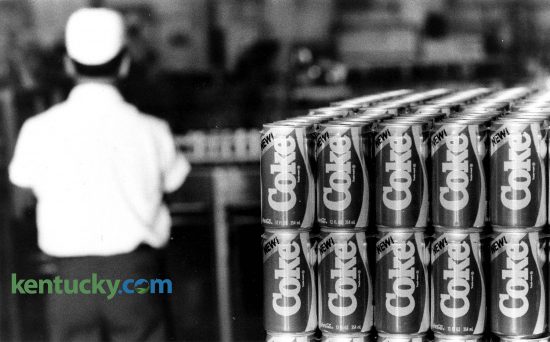
Line foreman Timothy Lane watched as ‘new’ Coke came off a production line on May 9, 1985, at the Bluegrass Coca-Cola Bottling Co. plant on Leestown Road. The next day, the newly formulated Coke became available to consumers in Lexington and Central Kentucky. New Coke was the unofficial popular name for the unpopular reformulation of Coca-Cola. Known as “the new taste of Coca-Cola” until 1992, when it was renamed Coca-Cola II, the drink was created to address Coca-Cola’s sliding market share. Coke had been steadily losing ground to diet soft drinks and non-cola beverages for many years. The company worked on the new drink for five years, and the American public’s reaction to it was negative, even hostile, making the new cola a major marketing failure. Less than three months later, the company brought back Coke’s original formula, rebranded as “Coca-Cola Classic.” It resulted in a significant gain in sales, which led to speculation that the New Coke formula was a marketing ploy. The company denied that. New Coke was discontinued in 2002. Photo by Tom Woods | Staff

